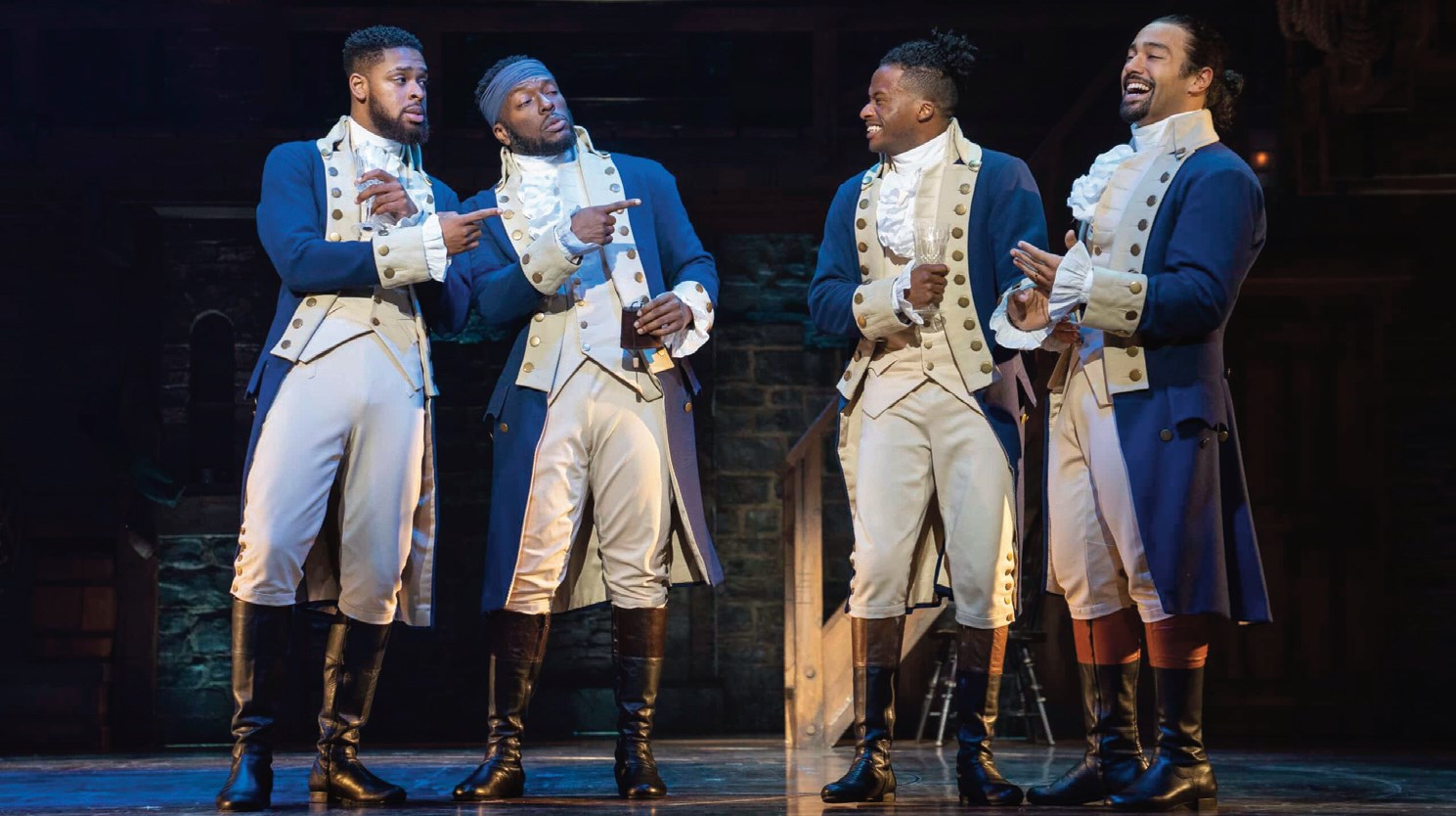 Around two-thirds of our budget – two-thirds – is spent on Medicare, Medicaid, Social Security, and national security. Two-thirds.
Around two-thirds of our budget – two-thirds – is spent on Medicare, Medicaid, Social Security, and national security. Two-thirds.
Now, up till now, the debate here in Washington, the cuts proposed by a lot of folks in Washington, have focused exclusively on that 12 percent. But cuts to that 12 percent alone won’t solve the problem. So any serious plan to tackle our deficit will require us to put everything on the table and take on excess spending wherever it exists in the budget.
A serious plan doesn’t require us to balance our budget overnight –- in fact, economists think that with the economy just starting to grow again, we need a phased-in approach –- but it does require tough decisions and support from our leaders in both parties now. Above all, it will require us to choose a vision of the America we want to see five years, 10 years, 20 years down the road.
Now, to their credit, one vision has been presented and championed by Republicans in the House of Representatives and embraced by several of their party’s presidential candidates. It’s a plan that aims to reduce our deficit by $4 trillion over the next 10 years and one that addresses the challenge of Medicare and Medicaid in the years after that.
These are both worthy goals. They’re worthy goals for us to achieve. But the way this plan achieves those goals would lead to a fundamentally different America than the one we’ve known certainly in my lifetime. In fact, I think it would be fundamentally different than what we’ve known throughout our history.
A 70 percent cut in clean energy. A 25 percent cut in education. A 30 percent cut in transportation. Cuts in college Pell Grants that will grow to more than $1,000 per year. That’s the proposal. These aren’t the kind of cuts you make when you’re trying to get rid of some waste or find extra savings in the budget. These aren’t the kinds of cuts that the Fiscal Commission proposed. These are the kinds of cuts that tell us we can’t afford the America that I believe in and I think you believe in.
I believe it paints a vision of our future that is deeply pessimistic. It’s a vision that says if our roads crumble and our bridges collapse, we can’t afford to fix them. If there are bright young Americans who have the drive and the will but not the money to go to college, we can’t afford to send them.
Go to China and you’ll see businesses opening research labs and solar facilities. South Korean children are outpacing our kids in math and science. They’re scrambling to figure out how they put more money into education. Brazil is investing billions in new infrastructure and can run half their cars not on high-priced gasoline but on biofuels. And, yet, we are presented with a vision that says the American people, the United States of America — the greatest nation on Earth — can’t afford any of this.
It’s a vision that says America can’t afford to keep the promise we’ve made to care for our seniors. It says that, 10 years from now, if you’re a 65-year-old who’s eligible for Medicare, you should have to pay nearly $6,400 more than you would today. It says instead of guaranteed health care, you will get a voucher. And if that voucher isn’t worth enough to buy the insurance that’s available in the open marketplace, well, tough luck -– you’re on your own. Put simply, it ends Medicare as we know it.
It’s a vision that says up to 50 million Americans have to lose their health insurance in order for us to reduce the deficit. Who are these 50 million Americans? Many are somebody’s grandparents – maybe one of yours – who wouldn’t be able to afford nursing home care without Medicaid. Many are poor children. Some are middle-class families who have children with autism or Down’s syndrome. Some of these kids with disabilities are – the disabilities are so severe that they require 24-hour care. These are the Americans we’d be telling to fend for themselves.
And, worst of all, this is a vision that says even though Americans can’t afford to invest in education at current levels, or clean energy, even though we can’t afford to maintain our commitment on Medicare and Medicaid, we can somehow afford more than $1 trillion in new tax breaks for the wealthy. Think about that.
In the last decade, the average income of the bottom 90 percent of all working Americans actually declined. Meanwhile, the top one percent saw their income rise by an average of more than a quarter of a million dollars each. That’s who needs to pay less taxes?
They want to give people like me a $200,000 tax cut that’s paid for by asking 33 seniors each to pay $6,000 more in health costs. That’s not right. And it’s not going to happen as long as I’m President.
This vision is less about reducing the deficit than it is about changing the basic social compact in America. Ronald Reagan’s own budget director said, there’s nothing “serious” or “courageous” about this plan. There’s nothing serious about a plan that claims to reduce the deficit by spending a trillion dollars on tax cuts for millionaires and billionaires. And I don't think there’s anything courageous about asking for sacrifice from those who can least afford it and don’t have any clout on Capitol Hill. That's not a vision of the America I know.
The America I know is generous and compassionate. It’s a land of opportunity and optimism.
Yes, we take responsibility for ourselves but we also take responsibility for each other, for the country we want and the future that we share. We’re a nation that built a railroad across a continent and brought light to communities shrouded in darkness. We sent a generation to college on the GI Bill and we saved millions of seniors from poverty with Social Security and Medicare. We have led the world in scientific research and technological breakthroughs that have transformed millions of lives.
That’s who we are. This is the America that I know. We don’t have to choose between a future of spiraling debt and one where we forfeit our investment in our people and our country.
To meet our fiscal challenge, we will need to make reforms. We will all need to make sacrifices. But we do not have to sacrifice the America we believe in. And as long as I’m President, we won’t.












No Comment